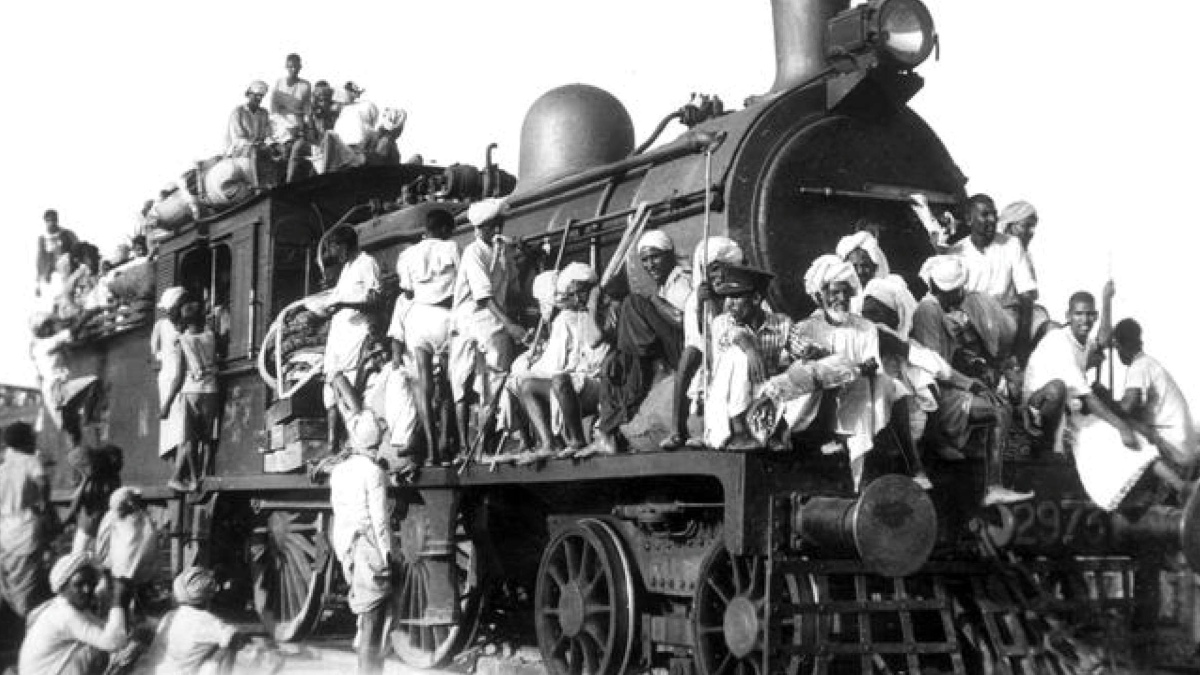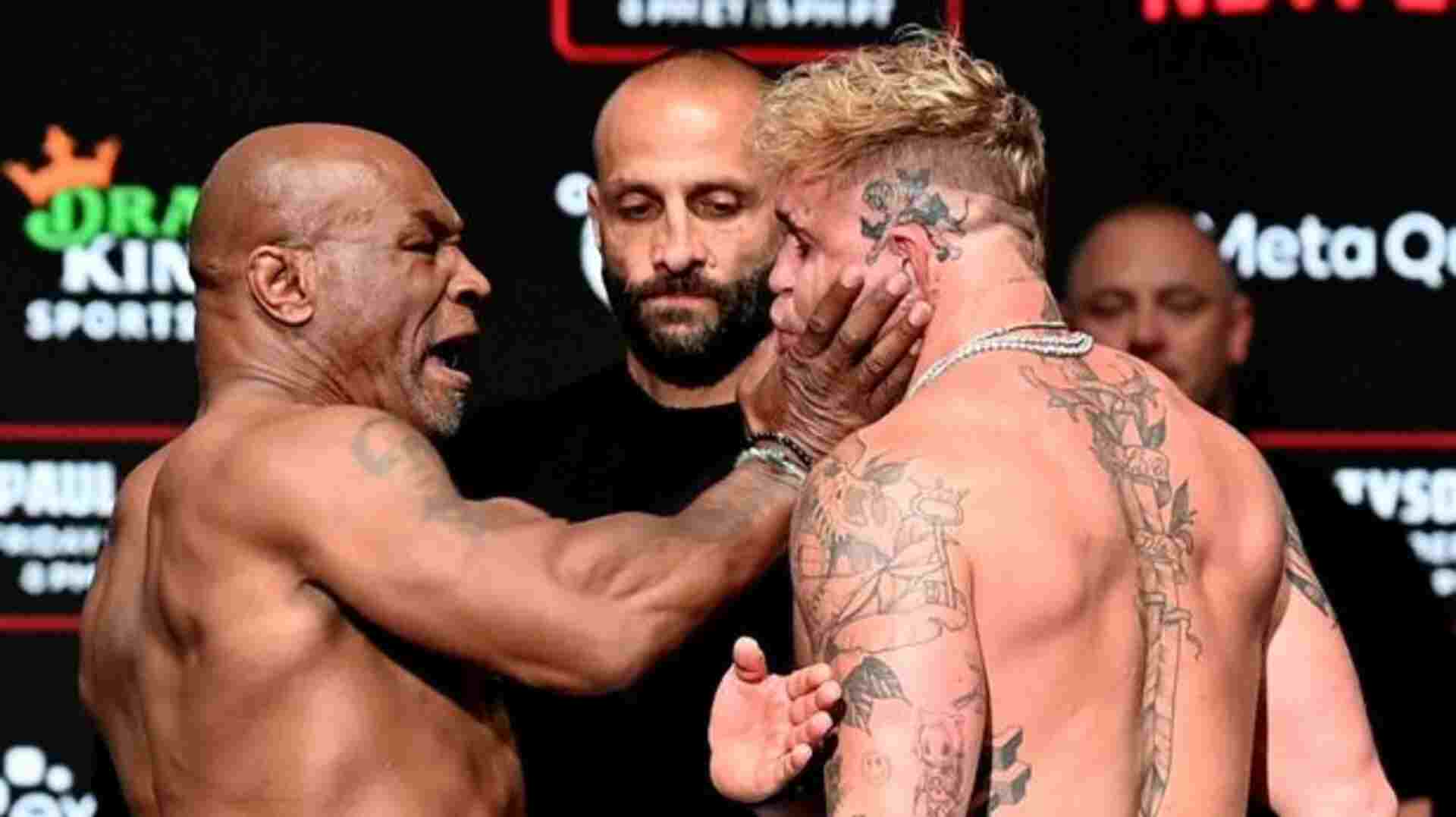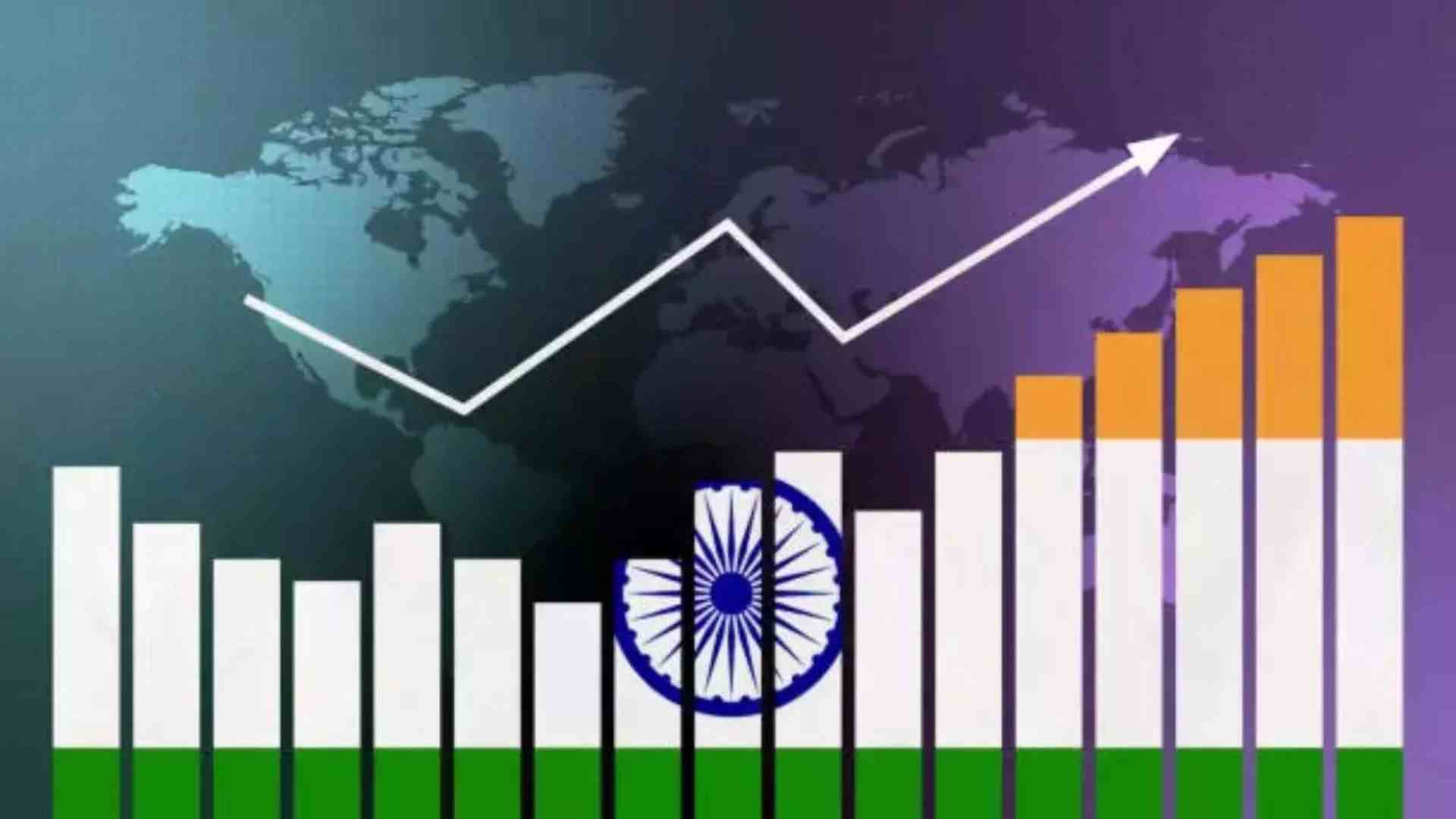
The picture that flashes through the minds of most people unconnected with India’s bloody Partition is that of overflowing trains, unending streams of bullock carts and turbaned Sardarjis trudging in the merciless north Indian sun, with an old mother or wife on his shoulder. And that picture is quite right, because that was the look of the Punjab Partition. But the look of the Partition at the other end of the country, in Bengal, was quite different and quite unknown. And the reasons for the two are equally intriguing.
Unlike Punjab, Bengal did not see the sort of massive bi-directional exodus which resulted in Pakistani Punjab being cleansed of its Hindus and Sikhs, and Indian Punjab nearly so of its Muslims, within a few months of Partition. On the other hand, the exodus in Bengal was almost totally unidirectional. Only Hindus, estimated at 1.3 crore, with a handful of Buddhists and Christians, left East Bengal aka East Pakistan (now Bangladesh) en masse. There was no reciprocal mass migration of Muslims from West Bengal to East. And the few Muslims who did migrate did so at their leisure, keeping their property on this side or selling it at a fair price. But the strangest thing was that this exodus of Hindus was never mentioned, as if it never happened. The driving forces behind this denial of history were the Congressmen who thought this history would hurt their warped concepts of secularism; and the communists who thought this was not consistent with their Marxian theories of class struggle. The communist influence on Bengali Hindu masses was very strong and Hindu Bengalis were taught to be exercised over Vietnam, Cuba, etc, but never over the Hindus of East Bengal. Many of the very victims of the East Bengal pogrom turned communist in West Bengal, mainly due to mishandling of the refugee problem by Jawaharlal Nehru, and they took a leading part in this denial.
What happened to Hindus in East Bengal had, therefore, become a bee in my bonnet. Especially because my ancestral roots lie in the present-day district of Brahmanbaria, Bangladesh; and I have made it a mission of my life to research the subject and let as many people as possible know about it. The result, so far, is my book My People, Uprooted: The Exodus of Hindus from East Pakistan and Bangladesh (Synergy Books India, New Delhi, 2016). The fourth edition is under print now, due to come out any day. The book is based on published history, of which a considerable part is in Bengali, to which all-India readers had no access; and on interviews of people who saw it all, with their own eyes. There is a Bengali version of the book also, titled Ja Chhilo Amar Desh (What Was Once My Country) (Mitra Ghosh, Kolkata, 2021).
Just as with Punjab Partition, the horrors of Bengal Partition began some time before Independence. Mohammed Ali Jinnah and his cohorts organised them to pressure the Congress for conceding Pakistan. Jinnah shrewdly guessed that the Congress leaders were so eager to get power that such pressure would work; and it did. Besides the British Governors of the affected provinces, Sir Frederick Burrows in Bengal and Sir Evan Jenkins in Punjab, sympathised with the League. Moreover the ministry in Bengal was already with the League, with Husseyn Shaheed Suhrawardy as the Premier. The first act on these lines was therefore the Great Calcutta Killings of 16-19 August 1946. But this one backfired on Jinnah and Suhrawardy; for, although it began with the wholesale slaughter of Hindus, in Calcutta, the Hindus and Sikhs struck back with unimaginable ferocity. As a result Suhrawardy was forced to call it off.
The next thing was the carnage in Noakhali which began on the Kojagari Lakshmi Puja day on 10 October 1946. Noakhali was a district in East Bengal (it has now been divided into Noakhali, Feni and Lakshmipur zillas in Bangladesh) with an 80% Muslim population, so there was no chance of Hindus striking back. Here the murders ran to a few thousands, confined mostly to leaders of Hindu society and zamindars, but instances of rape, forcible conversion, arson and force-feeding of beef to Hindus were innumerable. The societal norms of the time were such that a Hindu who had been fed beef, albeit by force, or a Hindu woman who had been ravished, could not return to the Hindu fold. Dr Syama Prasad Mookerjee and Swami Madhavanandaji of the Ramakrishna Mission led a campaign against this inhuman practice and returned all the affected persons to Hinduism. But of course, the Hindus could not survive in the district and had to flee. Gandhi made a famous trip to the area, the result of which was zero.
Unlike in Punjab, Partition did not see any bloodbath in Bengal in 1947. There were isolated incidents of course—just a few days before Independence Sachindra Mitra, leading a procession in Calcutta of a few Congressmen, shouting the slogan Hindu-Muslim Ek Ho, was fatally stabbed. In East Bengal there were cases of serious harassment of Hindus, such as requisitioning of Hindu houses. The bloodbath began in a government-engineered pogrom in February 1950 and lasted almost two months. The steamer wharves in the riverine ports of Barisal and Muladi (also in Barisal district) ran red with Hindu blood. All trains which crossed the Anderson Bridge across the wide Meghna river, between Bhairab Bazar and Ashuganj railway stations on 12 February 1950 saw something equally gruesome: All Hindus, travelling on all trains on that day were knifed and thrown into the river. I have it from an eyewitness, Ranjit Kar, later a leading seaman in Indian Navy, who was saved only because he was wearing a pair of pyjamas instead of the Hindus’ customary dhoti, and was therefore mistaken for a Muslim.
Prabhas Chandra Lahiri, a prominent Hindu leader of East Bengal who had stayed back and tried to provide leadership to Hindus, has recorded instances of atrocities on Hindus in his book Pak-Bharater Ruprekha (An Outline of Pakistan and Bharat) and the manner in which the Pakistani government engineered them. Just as the pogrom of February 1950 was starting, the Chief Secretary of West Bengal, an ICS Officer called Sukumar Sen (later India’s first Election Commissioner), had travelled to Dhaka to meet his counterpart Aziz Ahmed, Chief Secretary of East Bengal, also of the ICS. Sen, of course, had no idea that a government-engineered pogrom was in the offing and Ahmed had masterminded the whole process—he had gone to Dhaka in the belief that the two of them together would be able to chalk out a way of avoiding conflagrations. While he was conferring with Aziz Ahmed, some secretariat staff got a woman painted in red and let out the rumour that she was a Muslim woman whose breasts had been cut by Hindus in Calcutta. The entire Muslim staff then went out and started killing Hindus. Lahiri has recorded that one Mukherjee, who ran a tutorial home, was dragged out and hacked with an axe.
Then the Pakistanis adopted a new policy: They would not engineer major pogroms for fear that this may provoke Hindus in India. Instead, they would squeeze out the Hindus, just as one squeezes toothpaste out of a tube, through harassment, discrimination, and creating a general feeling of insecurity through desecration of Hindu temples, teasing Hindu girls, insulting prominent and respected Hindus publicly, and so on. This succeeded very well, and almost the entire Hindu intellectual class left their homes for West Bengal. And then this remained hidden, because of Leftist propaganda in West Bengal which taught the Hindus to agitate over Vietnam, Cuba, etc, but to keep mum over what happened to their first cousins in East Bengal.
None of these would have happened if there had been no Partition. Hindus and Muslims, despite their differences, would have continued to live side by side in reasonable amity, as they are now living in India. There would have been no wars like those of 1948, 1965, 1971 and 1999, and no failed state called Pakistan. That is why our Prime Minister deserves thanks from the whole country, most of all from West Bengal and Punjab, for making us remember this history by observing 14 August as ‘Horrors of Partition Remembrance’ Day. History must neither be forgotten, nor glossed over. For, those who do not remember the past are condemned to repeat it, said the Spanish philosopher George Santayana.
The writer, a well-known author, is former Governor of Tripura, Meghalaya and Arunachal Pradesh. The views expressed are personal.
Just as with Punjab Partition, the horrors of Bengal Partition began some time before Independence. Mohammed Ali Jinnah and his cohorts organised them to pressure the Congress for conceding Pakistan. Jinnah shrewdly guessed that the Congress leaders were so eager to get power that such pressure would work; and it did. Besides the British Governors of the affected provinces, Sir Frederick Burrows in Bengal and Sir Evan Jenkins in Punjab, sympathised with the League. Moreover the ministry in Bengal was already with the League, with Husseyn Shaheed Suhrawardy as the Premier.















